The sunset of the nuclear triad? Air and ground components of strategic nuclear forces
Nuclear weapons are the stronghold of the world
Since its inception, nuclear weapon (NF), which later evolved into a thermonuclear one (hereinafter referred to as the collective term "nuclear weapons"), has become an essential element of the armed forces of the leading countries of the world. At present, there is no alternative to nuclear weapons; mankind has not yet invented anything more destructive.
Nuclear weapons, if only one power had it in sufficient quantities, would provide it with total military superiority over any other countries. Such a situation could well have developed in the middle of the XNUMXth century, when the United States of America was the sole owner of nuclear weapons, without hesitation using it at the end of World War II against Japanese cities. Only the intellectual and industrial power of the USSR, which made it possible to create its own nuclear weapons as soon as possible, did not allow the United States to unleash a third world war.
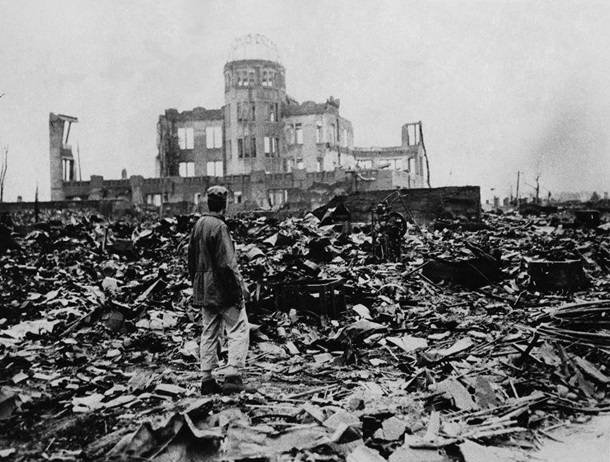
Nowadays, only nuclear weapons are the main factor holding back the start of the third world war. No matter how much the pacifists hate nuclear weapons, it is impossible to deny this fact: if there weren’t nuclear deterrence, a third world war would most likely have happened a long time ago, and it is not known how many global wars would have followed. Pretending to be the "world gendarme" the United States does not risk attacking North Korea with nuclear weapons - they don’t even put their nose in it, while other countries that do not have nuclear weapons were subjected to ruthless bombing and were defeated.
There is a key condition that allows nuclear weapons to carry out the deterrence function: this is nuclear parity between the leading world powers, Russia (USSR) and the USA, which ensures guaranteed mutual destruction of opponents in the event of a nuclear war. Guaranteed mutual destruction implies, of course, not the complete destruction of the enemy’s state and the death of the entire population, and certainly not the death of all living things on planet Earth, as some people dream of, but causing such damage that will significantly exceed the benefits that the aggressor will receive from the outbreak of war.
The most important requirement for a nuclear arsenal is to ensure the possibility of a retaliatory or retaliatory strike if the enemy was the first to launch a nuclear strike, hoping to suddenly destroy the enemy’s nuclear weapons at the expense of surprise and win the war. This problem is solved in several ways. The first method is the creation of an effective missile attack warning system (SPRN), the decision to strike back, and a reliable control system that allows the command to launch to launch nuclear carriers. The second is to increase the survival rate of nuclear weapons carriers due to camouflage and / or ability to withstand the enemy’s blow.
To understand the relevance of the various elements of the nuclear triad, we consider its existing and promising components for their resistance to the disarming strike of the enemy.
Strategic Nuclear Triad
The principle of "do not put all your eggs in one basket" is more than applicable to nuclear weapons. In leading world powers, in Russia (USSR) and in the USA, strategic nuclear forces (SNF) over time began to include three main components - a ground component, including mine or mobile missile systems, an air component, including strategic bombers with nuclear bombs and / or cruise missiles and an offshore component, with nuclear missiles deployed on nuclear submarines. The PRC has a more or less full-fledged nuclear triad; the remaining members of the nuclear club are content with two or even one component of the nuclear triad.
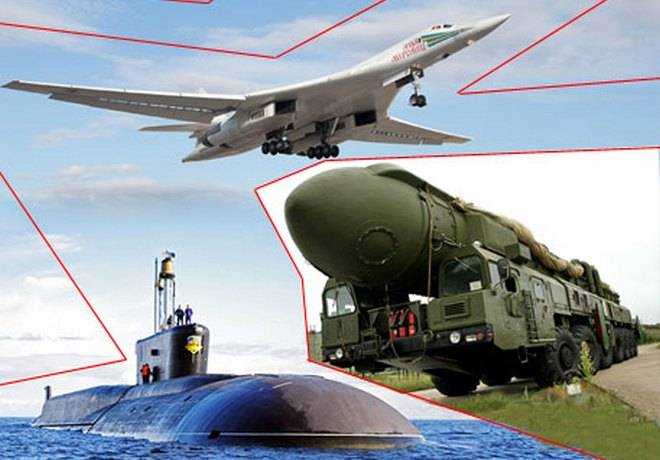
Each component of the nuclear triad has its advantages and disadvantages. And each country in its own way sets priorities in their development. In the USSR, the ground component of strategic nuclear forces — Strategic Missile Forces (Strategic Missile Forces) —was traditionally the strongest, was the United States. The United States relied heavily on the naval component of strategic nuclear forces. In the UK, only the marine component of the strategic nuclear forces remained; in France, the main component is the marine component of the strategic nuclear forces; there is also a limited development aviation component. Each component of the strategic nuclear forces has its advantages and disadvantages. It is necessary to make a reservation right away that it is precisely the stability of the strategic nuclear forces components that are considered in the conditions of the enemy delivering a sudden disarming strike.
Air component of strategic nuclear forces
Historically, the air (aviation) component of the strategic nuclear forces emerged first. It was from the bombers that atomic bombs were dropped on Hiroshima and Nagasaki. It was with the help of bombers with nuclear bombs that the United States planned to deliver a massive nuclear strike against the USSR under the plans of Chariotir (1948), Fleetwood (1948), SAK-EVP 1-4a (1948), "Dropshot" (1949) and others.
From the point of view of survivability, the air component of the strategic nuclear forces is the most vulnerable to a sudden disarming strike by the enemy. Bombers (missile bombers) at aerodromes are extremely vulnerable to both nuclear and conventional weapons. The time for their preparation for the flight is quite long, and it is difficult to keep them in constant readiness for departure. The only way to ensure the survival of the air component of the strategic nuclear forces, in the event of an enemy disarming strike, is to shift the aircraft on a shift basis in the air with nuclear weapons on board, which was occasionally carried out during the Cold War. However, this is too costly from an economic point of view: fuel is wasted, aircraft resources are consumed, the alternation of takeoffs and landings can lead to a failure of nuclear charges. In addition, there is always the risk of an accidental accident over your territory and a fall in nuclear charges, followed by radiation contamination of the area. So on-duty bombers in the air can be considered the exception rather than the rule.
The appearance of supersonic (Tu-22M3, Tu-160 B-1) or subtle (B-2) bombers does not change the situation, or even exacerbates it, since the requirements for their basing conditions, the complexity of preparing for departure, and the cost of flight hours are higher.
Also, the air component of the strategic nuclear forces is extremely vulnerable to air defense systems, enemy fighters and interceptors at the stage of striking. The emergence of a “long arm” - long-range cruise missiles (CR), did not fundamentally change the situation. Carrier survival has increased, but the low (subsonic) Raman speed makes them a fairly easy target compared to ballistic missiles. The adoption of aeroballistic missiles could change the situation, but their parameters are likely to be inferior to the parameters of land and sea ballistic missiles due to the weight and size limitations imposed by the capabilities of aircraft carriers. However, with a disarming strike, all this is unimportant.
One of the promising weapons systems designed for nuclear deterrence is considered the Burevestnik cruise missile with a nuclear power plant. On the one hand, the declared unlimited range makes it possible to virtually eliminate carrier damage (launch can be carried out over your territory or at the border), reduce the probability of the missile itself by bypassing the air defense / missile defense zones. On the other hand, the Petrel, regardless of whether it is subsonic (99%) or supersonic, will be extremely vulnerable to any enemy air defense systems. You can be sure that in the event of a conflict, when the enemy himself will be its initiator, all forces will be involved, they will raise AWACS aircraft, balloons, airships and unmanned aerial vehiclesable to search for air targets. Naturally, such a level of combat readiness will be maintained not a day or two - in a nuclear war, the stakes are extremely high. Therefore, it is highly likely that the enemy will be able to detect most of the CR Petrel, after which their destruction will not be difficult.
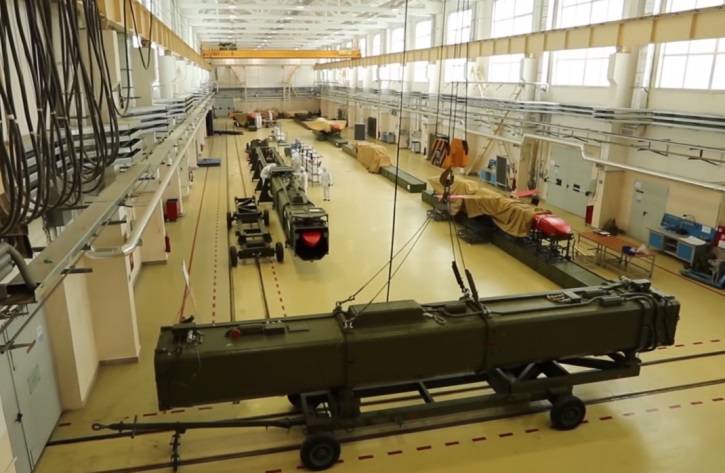
Based on this, the “Petrel” is more likely a first strike, since it allows in peacetime, at the time of the least readiness of the enemy, to inflict a relatively covert strike on unpredictable routes of extension of the Kyrgyz Republic.
There is no reliable information on the media of KR "Petrel". In principle, an unlimited flight range makes the deployment of the Burevestnik airborne aircraft pointless - the range will not increase, and the risk of a carrier accident appears. Most likely, taking into account the US withdrawal from the agreement on limiting the deployment of medium and shorter-range missiles (INF Treaty), the KR Petrel is likely to be deployed on land carriers.
Ground component of strategic nuclear forces
The ground component of the strategic nuclear forces, intercontinental ballistic missiles (ICBMs), appeared second after the aircraft. For the USSR, its appearance for the first time did not mean a hypothetical, but a real possibility of a nuclear strike against the United States. The first ballistic missiles required lengthy preparations for launch, were located on open areas, and in fact were no less vulnerable than bombers at airfields.
Subsequently, ground-based strategic nuclear forces developed in several directions. The main thing was the placement of ICBMs in highly protected mines, from which they can be launched in the shortest possible time. Another direction in the development of the ground component of the strategic nuclear forces was the creation of mobile missile systems on automobile and railway chassis.
Each type of land-based nuclear weapon has its advantages and disadvantages. Shelled in highly protected mines of ICBMs are protected from the actions of reconnaissance and sabotage groups, are invulnerable to high-precision conventional weapons, and not every nuclear charge can disable them. Their main drawback is that their coordinates are precisely known, and modern high-precision nuclear warheads are likely to destroy them.
The main advantage of mobile complexes is their secrecy and uncertainty of location. When located at the base, PGRK and BZHRK are as vulnerable as airplanes at airfields. But after entering the patrol route, it is much more difficult to detect and destroy them. PGRK's main survival factor is the unpredictability of patrol routes, and the BZHRK is quite capable of getting lost in a huge number of similar trains, at least with the existing level of enemy reconnaissance equipment.
Since each type of ground-based component of the strategic nuclear forces has its own advantages and disadvantages, then, guided by the above-mentioned principle (“do not put all your eggs in one basket”), both stationary - mine and mobile complexes are adopted. The newest prospective ground-based element of nuclear deterrence should be the Sarmat ICBM, which should replace the heavy Voyevoda (Satan) RS-28M36 ICBM. The promising heavy Sarmat ICBM should provide for the abandonment of about ten warheads and a significant set of means to overcome missile defense. Also, to overcome missile defense, a promising ICBM can strike at a gentle suborbital flight path, including through the south pole.
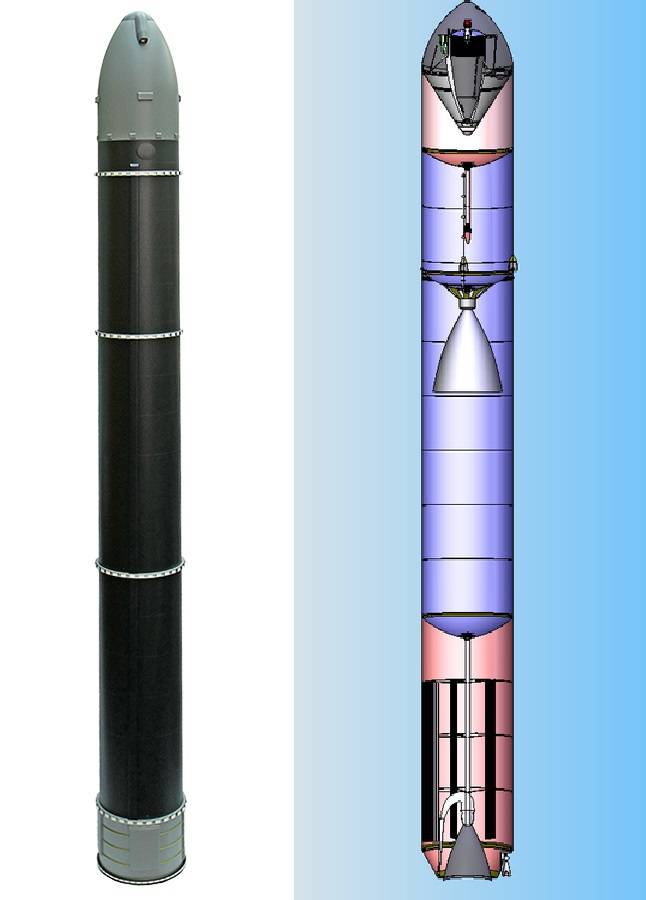
Another means of overcoming missile defense should be the Avangard hypersonic guided warhead (UBB), which performs a flight along a complex flight path. At the initial stage, the Avangard UBB is planned to be deployed on the outdated and currently not available ICBMs UR-100N UTTH, but in the future they will be replaced by Sarmat. At one Sarmat ICBM, it is planned to deploy three UBB Avangard.
The most modern mobile complex is the RS-24 Yars PGRK with three warheads. It was planned that the RS-24 Yars PGRK would be replaced or supplemented by the RS-26 Rubezh PGRK, but this project was closed in favor of deploying the Avangard UBB on the UR-100N UTTH ICBM. Also, on the basis of the Yars ICBM, the development of the Barguzin BZHRK was carried out, but at the moment these works are also completed.
How vulnerable is the ground component of strategic nuclear forces to a sudden disarming strike by an adversary? If we talk about mine complexes, the adoption of new ICBMs does not fundamentally change the situation. On the one hand, there is high security, on the other hand, there are known coordinates and vulnerability to high-precision nuclear charges. An additional element that increases the likelihood of ICBM survival in the mine can be a missile defense missile defense system, such as the one developed by the Mozyr development center. But any missile defense requires a guidance system based on radar or optical weapons. It can be assumed that during the attack of protected missile silos, the enemy will carry out high-altitude blasting of one or several warheads in such a way that electromagnetic and light radiation will destroy the missile defense systems immediately before other warheads enter the mine.
In a more threatened situation are PGRK. The USA and NATO countries are actively developing their satellite constellations. At the moment, commercial companies are actively mastering large-scale production of satellites designed to be deployed in a low reference orbit (DOE) and provide global Internet connectivity, as well as creating cheap reusable launch vehicles for their launch. Plans include the deployment of thousands or even tens of thousands of satellites to the DOE. At the end of 2019, 120 satellites were launched, in 2020 it is planned to launch 24 Starlink satellites, if there are 60 satellites in each launch, then their total number in orbit, taking into account the previously launched ones, will be 1560, which is more than the number of satellites of all countries of the world at the end of 2018 (less than 1100 satellites).
Even if these commercial satellites are not used for military purposes (which is doubtful), the experience and technologies obtained as a result of their development will allow the U.S. armed forces to develop and deploy a huge network of reconnaissance satellites operating in the form of a single distributed antenna with a huge aperture. Potentially, this will allow the adversary to monitor PGRK in real time and provide guidance on them with high-precision conventional and nuclear weapons, reconnaissance and sabotage groups. At the same time, neither jamming (the enemy may have optical reconnaissance equipment) to deploy false targets will help. The stability of PGRC to the damaging factors of a nuclear explosion is not comparable to that of a silo-based ICBM. In the event that the PGRK lose the secrecy factor, their combat stability in the case of a sudden disarming strike by the enemy will tend to zero, therefore, the creation of such complexes will lose its meaning.
The BZHRK will have a slightly greater chance of hiding from the "all-seeing eye" - there is a chance to get lost in a huge number of freight and passenger trains. But this will depend on the resolution and continuity of control of the territory of the Russian Federation by the enemy’s space reconnaissance equipment. If it will be possible to continuously monitor in 24/365 mode, with a resolution that allows you to track individual train trains in the parking lots, then the survival of the BZHRK will be a big question.
Conclusions
The air (aviation) component can only be considered as a means of a first strike, its role in nuclear deterrence is minimal. As a means of deterrence, the aviation component can only be considered against countries that do not possess nuclear weapons, or that possess a small amount of nuclear weapons and their delivery vehicles. Based on this, strategic bombers can be used more effectively for delivery conventional means of destruction of land and sea targets. It must be understood that the orientation of strategic aviation towards the use of conventional means of defeat does not preclude the possibility of their use as carriers of nuclear weapons, it only sets priorities differently.
In the future, the ground component of strategic nuclear forces may lose mobile systems, since their main advantage (stealth) may be at risk due to a significant increase in the effectiveness of enemy space reconnaissance equipment.
It is unlikely that it will be possible to significantly increase the security of silo-based ICBMs, the only way to increase the likelihood of ICBM survival in the event of a sudden disarming strike by the enemy is to increase their number and at the same time territorial distribution over the largest possible territory, in essence, an extensive development path.
The most important condition for ensuring a guaranteed retaliatory strike against the enemy in the event of a sudden disarming strike is the effective functioning of the SPRN and the entire chain that ensures decision-making and the issuance of a command to launch a nuclear strike. We will discuss this and the marine component of the strategic nuclear forces in the next article.
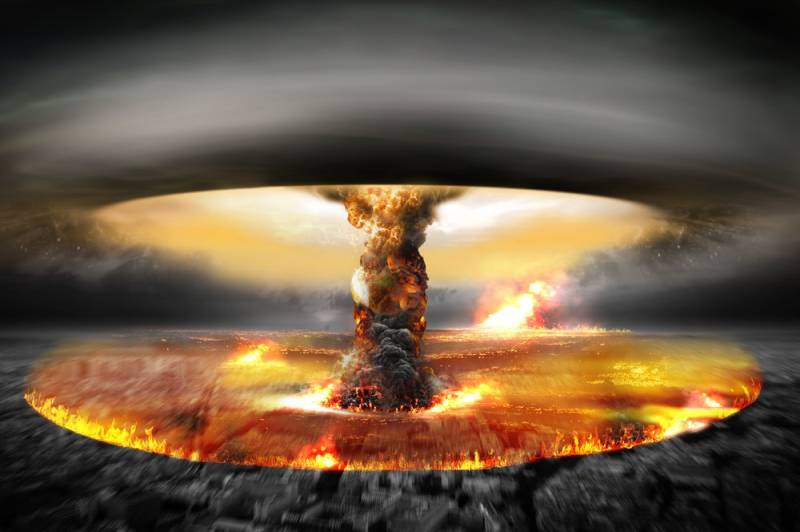

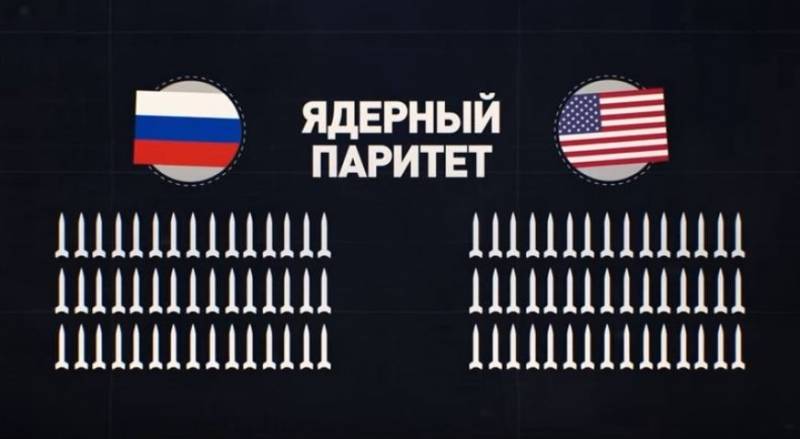


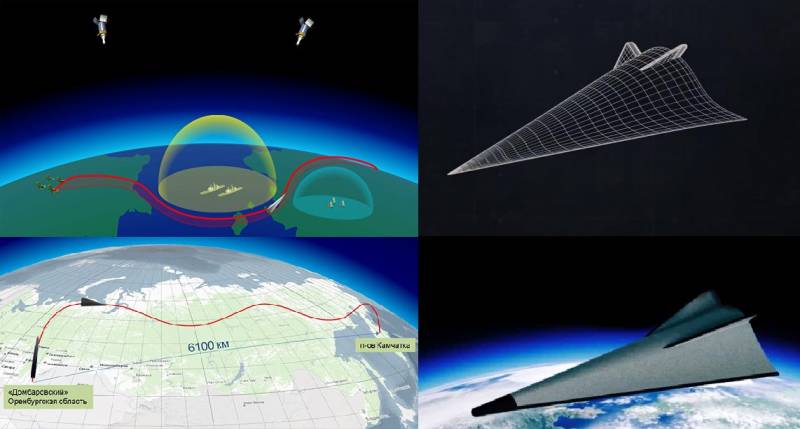
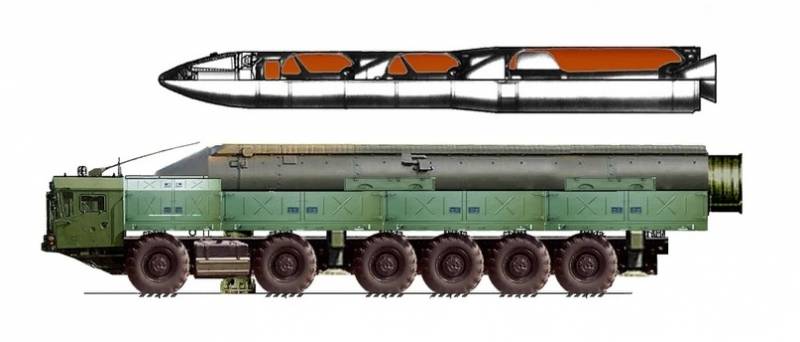
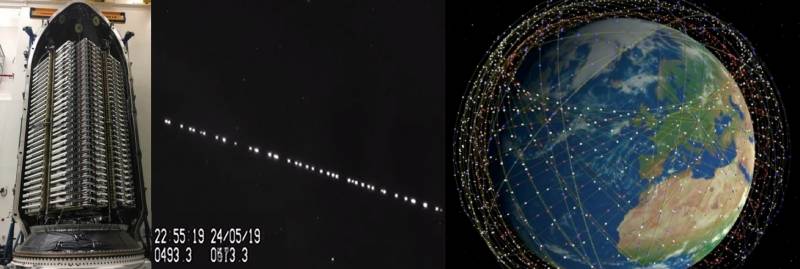
Information